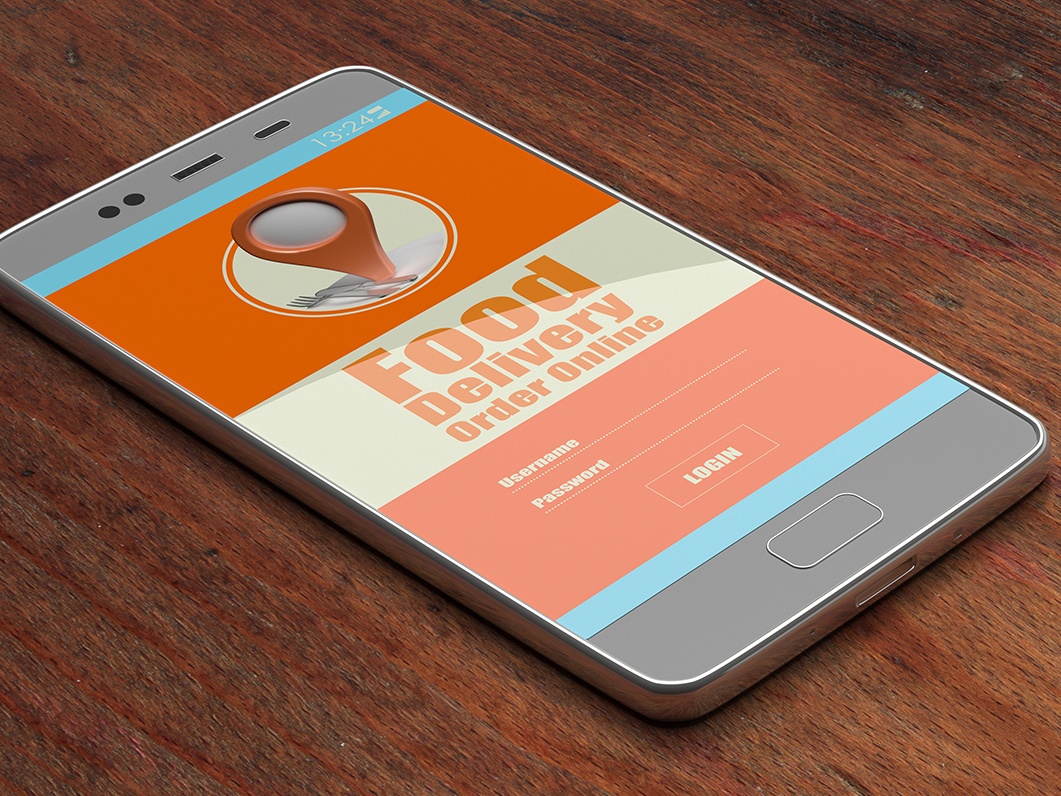In an undated but COVID-19-related story published by the U.S. Chamber of Commerce at https://www.uschamber.com/co/good-company/launch-pad/coronavirus-pandemic-food-delivery-businesses, an in-depth look at online food buying was offered by writer Lydia Dishman.
Dishman’s thoughtful and well-crafted piece was headlined “The Delivery App Landscape Is Changing and Sustaining Businesses During COVID-19,” with a subhead asserting that “Panic-buying and fear of contagion are driving many consumers to download apps for groceries and meals during the coronavirus crisis.”
Among the apps referenced was Instacart’s ‘Leave at My Door Delivery,’ which was “initially designed for customers not home at the time of delivery” and “a convenient feature for customers during COVID-19.”
Dishman wrote that since the onset of the Coronavirus, “there have been a record number of downloads in the past week alone, according to data from Apptopia, an independent research firm that analyzes the app marketplace.” She said as restaurants across America have been forced to close and transactions dropping precipitously, grocery stores saw their business up, with consumer spending increased year-to-date by as much as 87.4 percent. And “curbside pickup is also on the rise,” she noted.
With the swings, she asked, can delivery apps be used to “not only help keep us healthier, but also help save the economy during the coronavirus crisis?”
The story went on to look at early numbers of foodservice demand, taking some carry-out into consideration.
As restaurant interest fell, fast food/grocery/take-out grew. And, Dishman wrote, “Apptopia’s data suggests that the surge in downloads may prove fruitful.” A mid-March report said new records were set by Instacart, Walmart Grocery, Shipt and Target, showing respective increases of 218 percent, 160 percent, 124 percent and 98 percent.
Instacart started taking additional safety measures, developing “a robust set of guidelines to ensure you’re able to continue shopping safely,” the story said. That includes the “Leave at My Door Delivery” feature, “which the company said was originally designed to provide a more flexible option for customers that may not be home at the time of delivery.” In March more consumers were opting for that service.
Other services include Hungryroot, an online grocery service. It has seen big growth during the COVID-19 emergency, as have Blue Apron and Waitr Holdings meal delivery services
In mid-March Starbucks began mobile ordering and takeout only.
But notably during the earlier part of the emergency, Uber Eats, Grubhub, DoorDash “and the like are reportedly slowing down, in part as consumers reacted to both the expense of ordering prepared meals from restaurants and the relative safety of knowing how their food was prepared at home,” the U.S. Chamber of Commerce article said.
The story pointed out at its conclusion that it’s “unclear whether the economy of food will carry us through these uncertain financial times,” saying there has been no clear prediction of the pandemic’s course.
Retailers, it said, do have the power to implement contingency plans both to address the crisis and to keep business moving “while playing their role in minimizing the virus’s spread.”


